Málaga, Spain





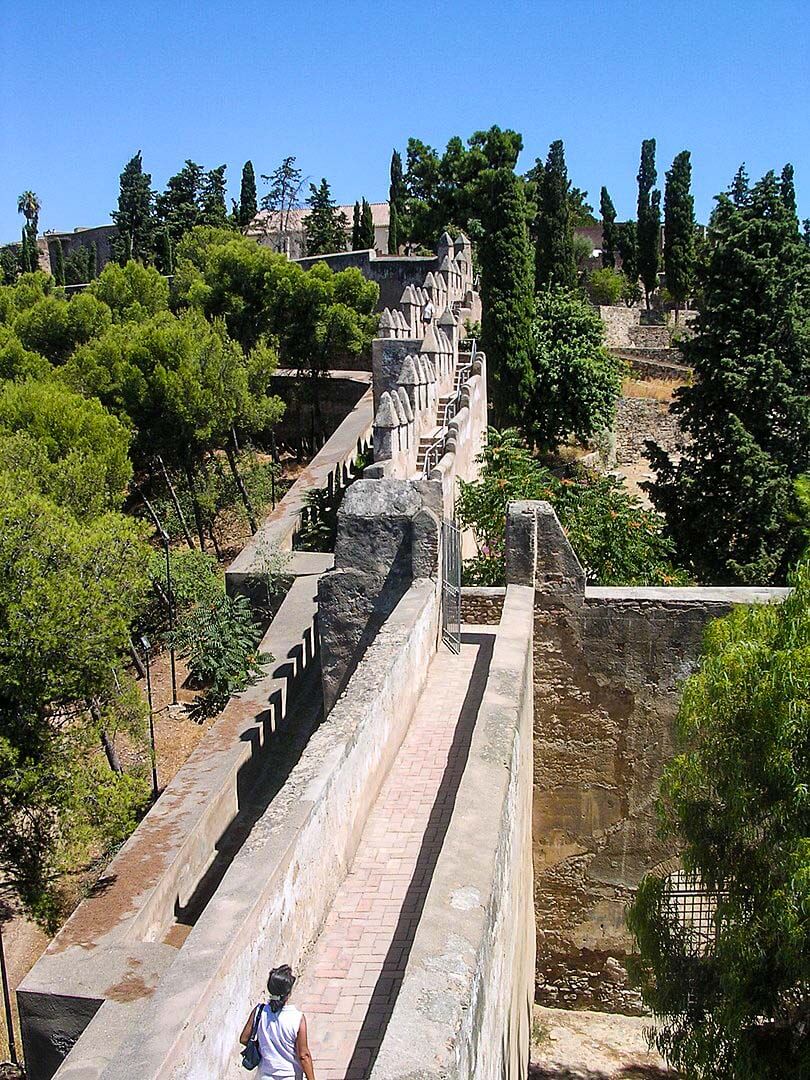







Coordinates: 36.723556, -4.410557
The magnificent Gibralfaro Castle sits on a high hill overlooking Malaga city and Mediterranean Sea, and dates back to the 10th century. It is connected by a walled corridor to the Alcazaba of Málaga.
It is famous for the Siege of Málaga in 1487.
History
The name is said to be derived from Arabic, Jabal, rock or mount, and Greek the word for light, Jbel-Faro, meaning “Rock of Light”.
Gibralfaro has been the site of fortifications since the Phoenician foundation of Málaga city, circa 770 BC.
The location was fortified by Calif Abd-al-Rahman III in 929CE.
While, At the beginning of the 14th century, Yusuf I of the Kingdom of Granada expanded the fortifications within the Phoenician lighthouse enclosure and erected a double wall to the Alcazaba.
The castle is famous for its three-month siege in 1487 by the Catholic monarchs, King Ferdinand and Queen Isabella, which ended when hunger forced the Arabs to surrender.
Afterwards Ferdinand occupied the site, while his queen took up residence in the town.
Interesting historic fact: this was the first conflict in which gunpowder was used by both sides.
Castillo de Gilbralfaro is a great way to learn more of the Muslims influence on Malaga.
The grounds can be reached by walking a 300m elevation or taking a local bus.
There is a small interpretation center (all in Spanish) and a nice little cafe on the grounds. To make the most of your visit include the lower Castillo de Alcazaba which is equally impressive.
Siege of Málaga (1487)
The Siege of Málaga (1487) was an action during the conquest of Spain in which the Catholic Monarchs of Spain conquered the city of Malaqa from the Emirate of Granada.
The siege lasted about four months.
Geopolitically, the loss of the emirate’s second largest city — after Granada itself — and its most important port was a major loss for Granada.
Most of the surviving population of the city were enslaved or put to death by the conquerors.
As a result, the conquerors imposed a harsh penalty to the defeated side: the population was condemned to slavery or death. Hamet el Zegrí was executed.
The survivors, numbering from 11,000 to 15,000 excluding the foreign mercenaries, were enslaved and their property confiscated.
Some were sent to the North of Africa in exchange for captives, some were sold to defray the costs of the campaign, and some were distributed as gifts.
Know this
Located on the top of the hill, you need to climb a lot of steps, but once you reach it after a good 20 mins walk, you get a beautiful 360 degree scenery over the city.
You visit the castle only from the outdoor by following the narrow walk on top of the walls surround it.
The entrance cost only 2€ if you package it with the below fort, which is much nicer.


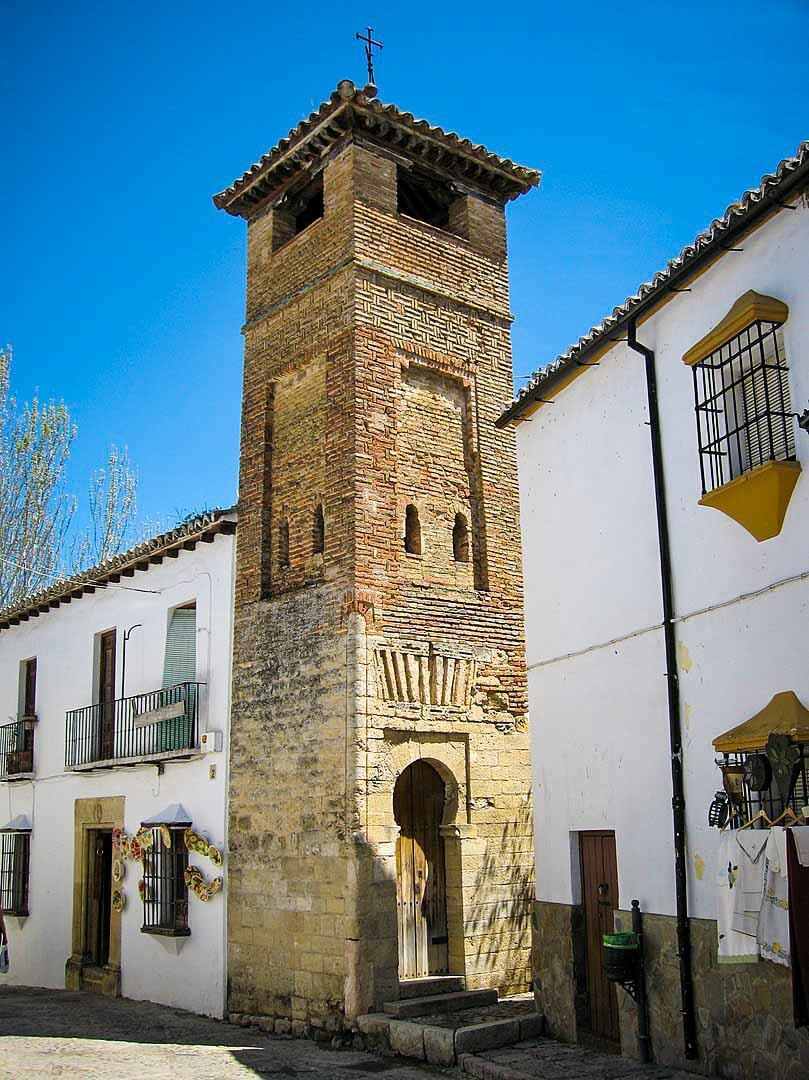
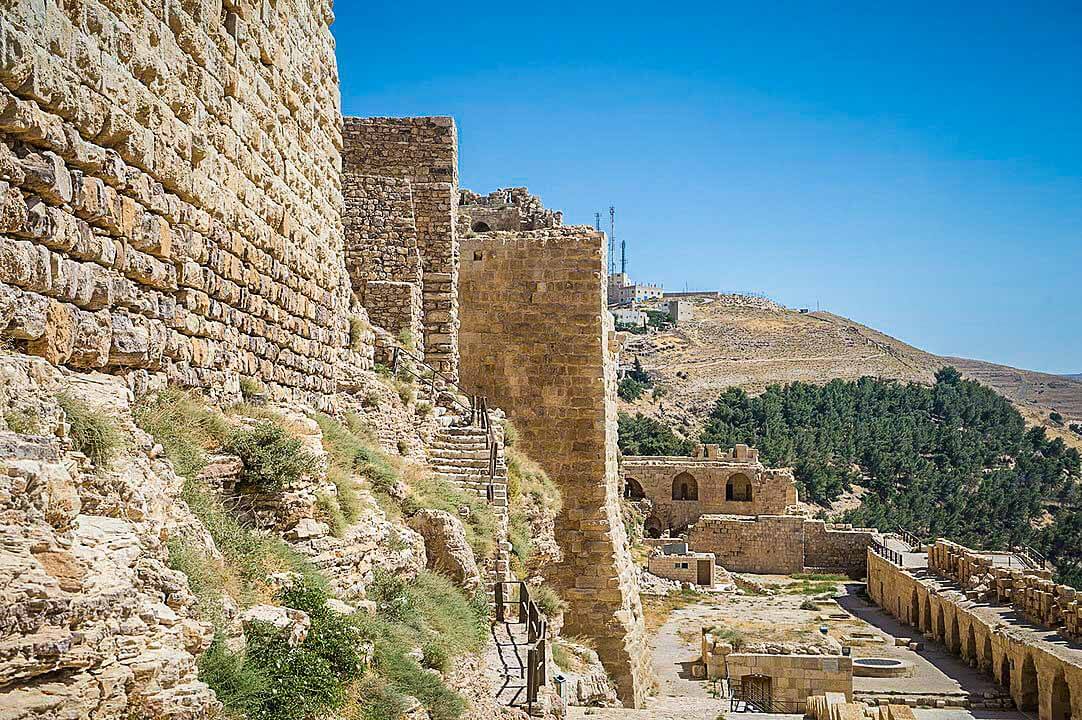
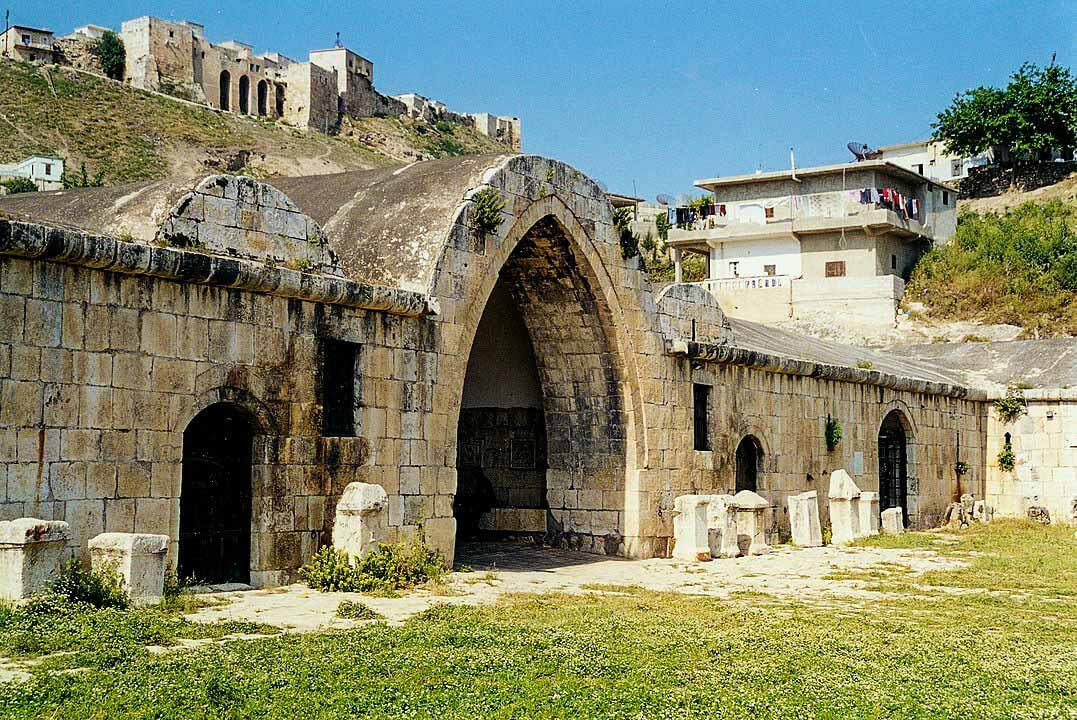

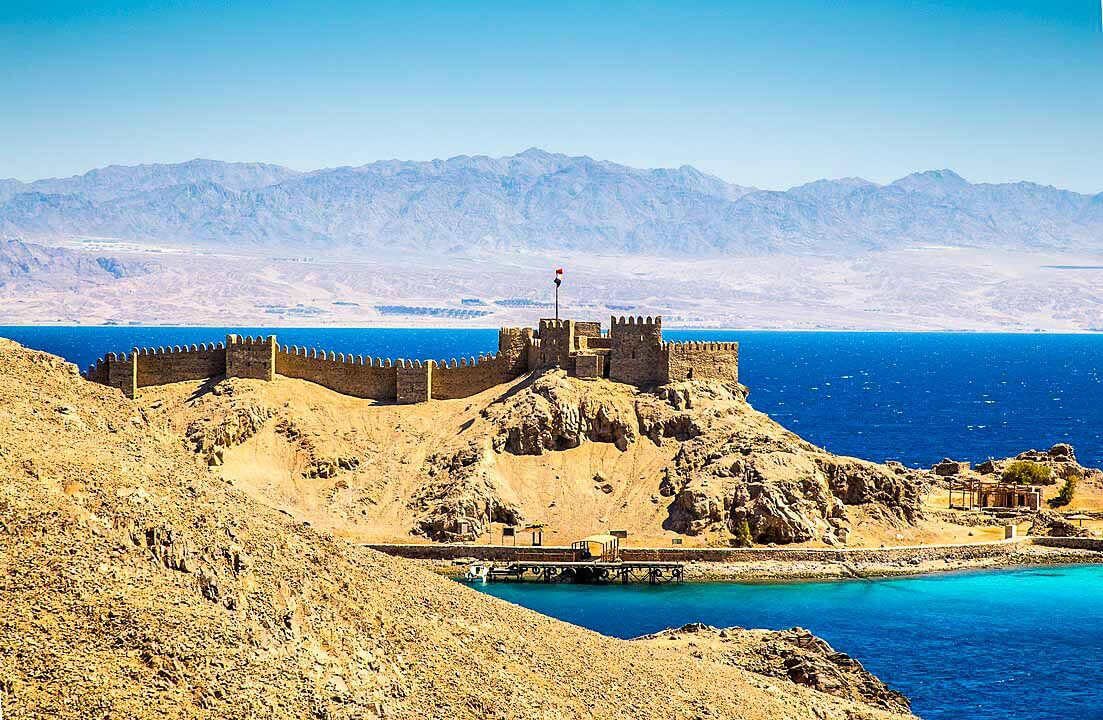




 by 'Farda'
by 'Farda'